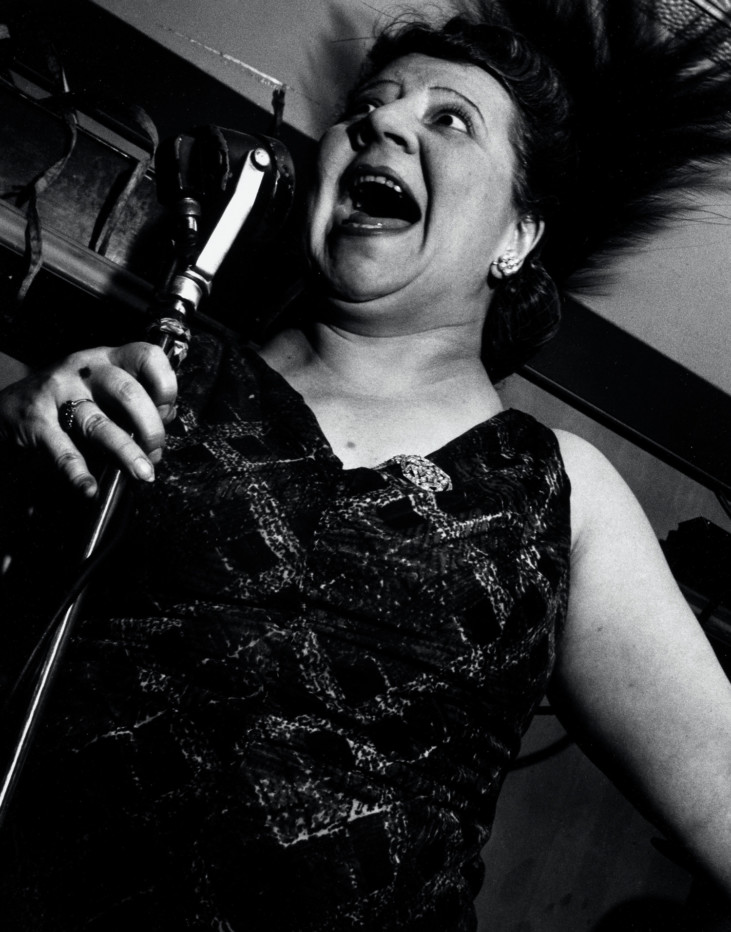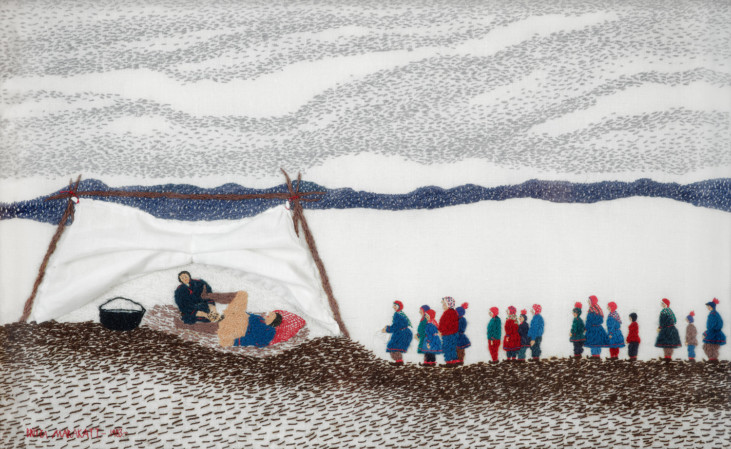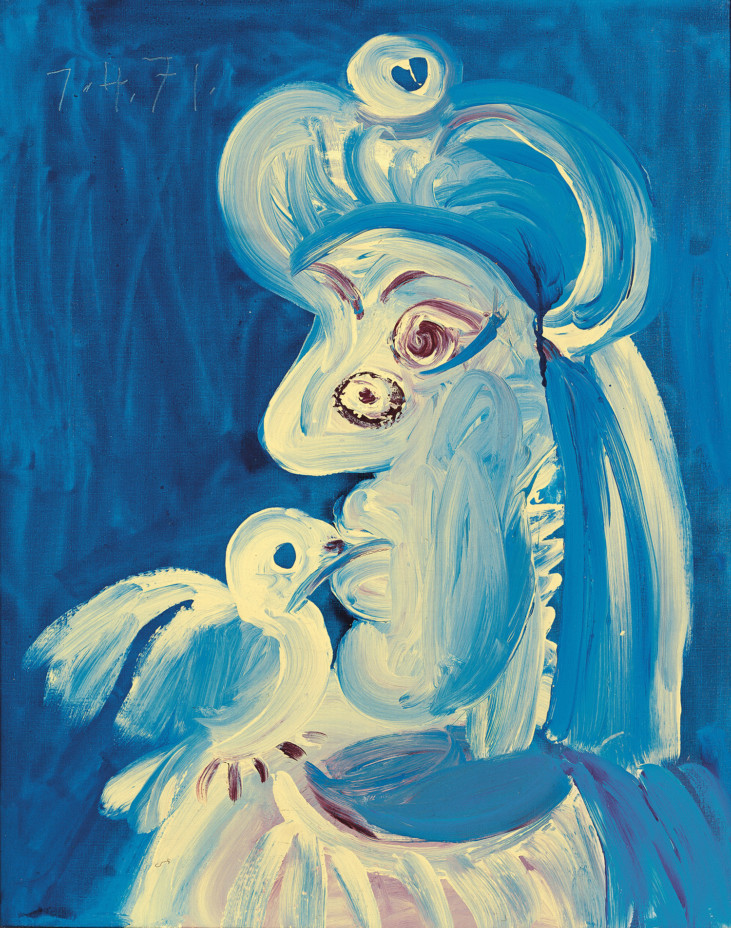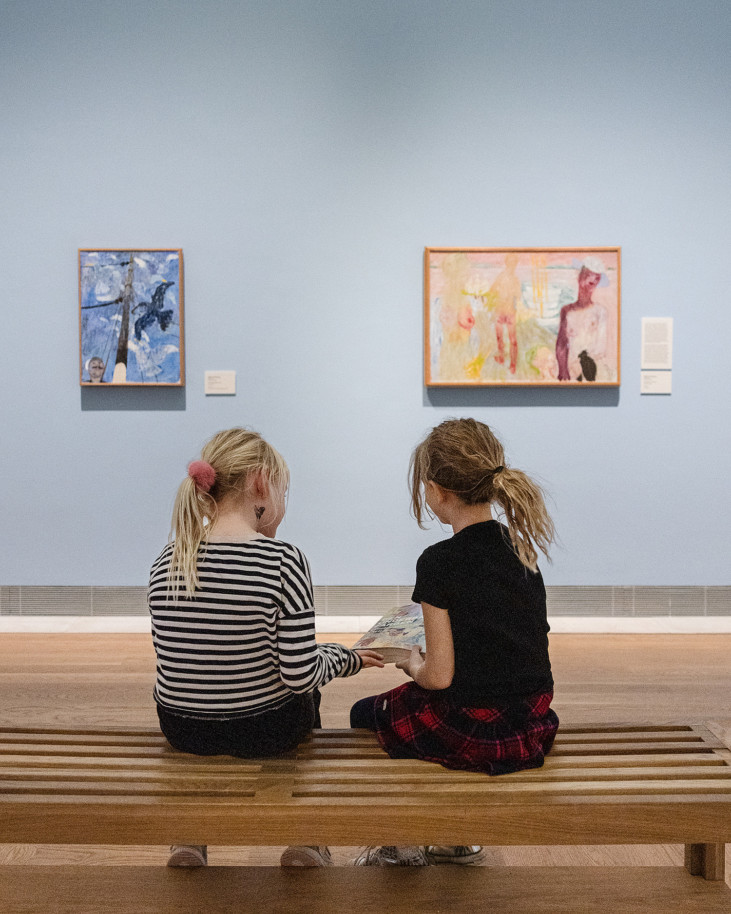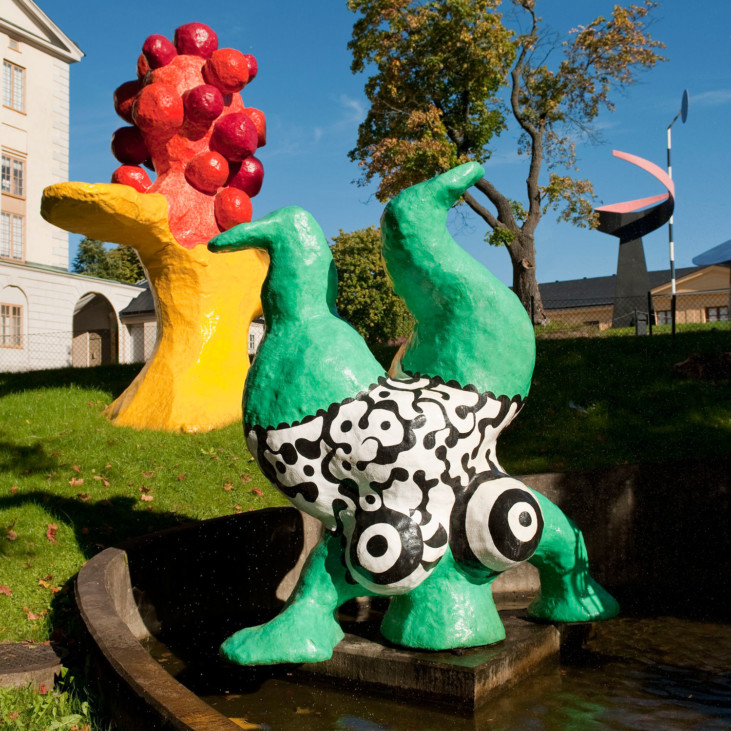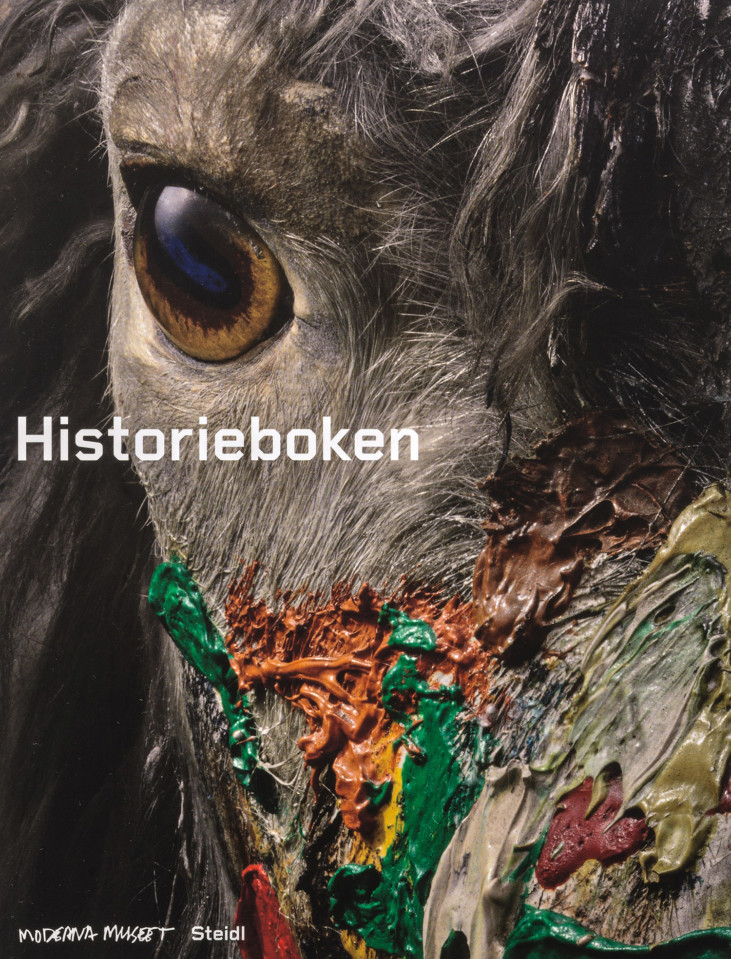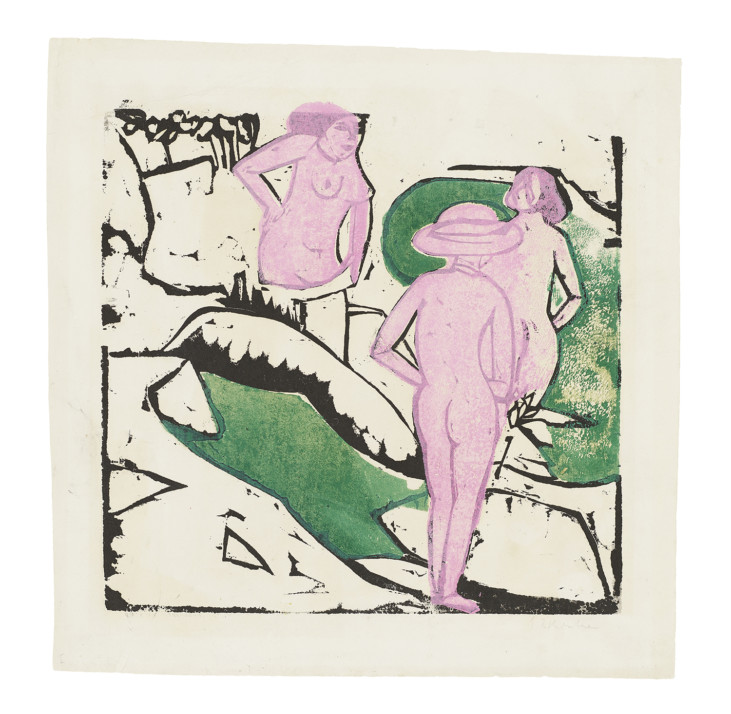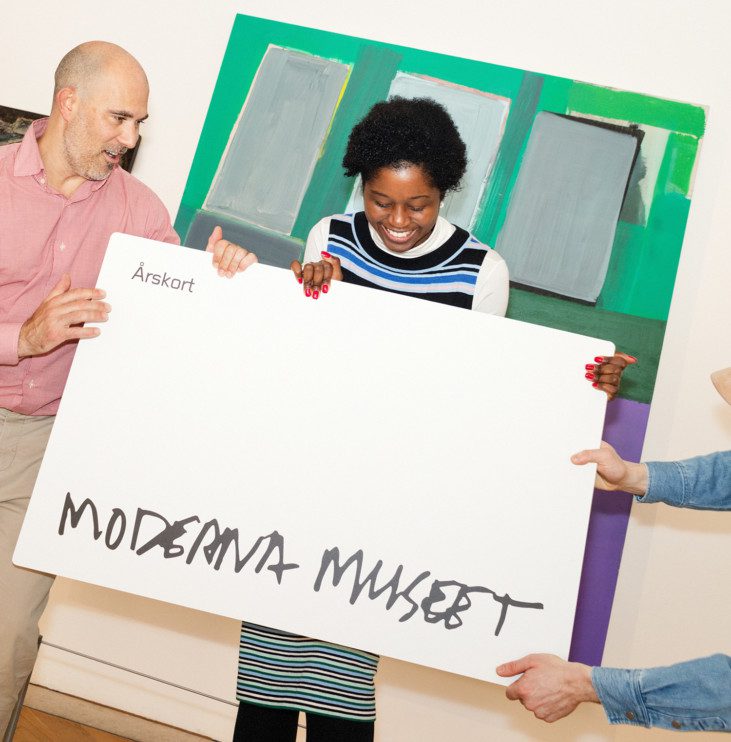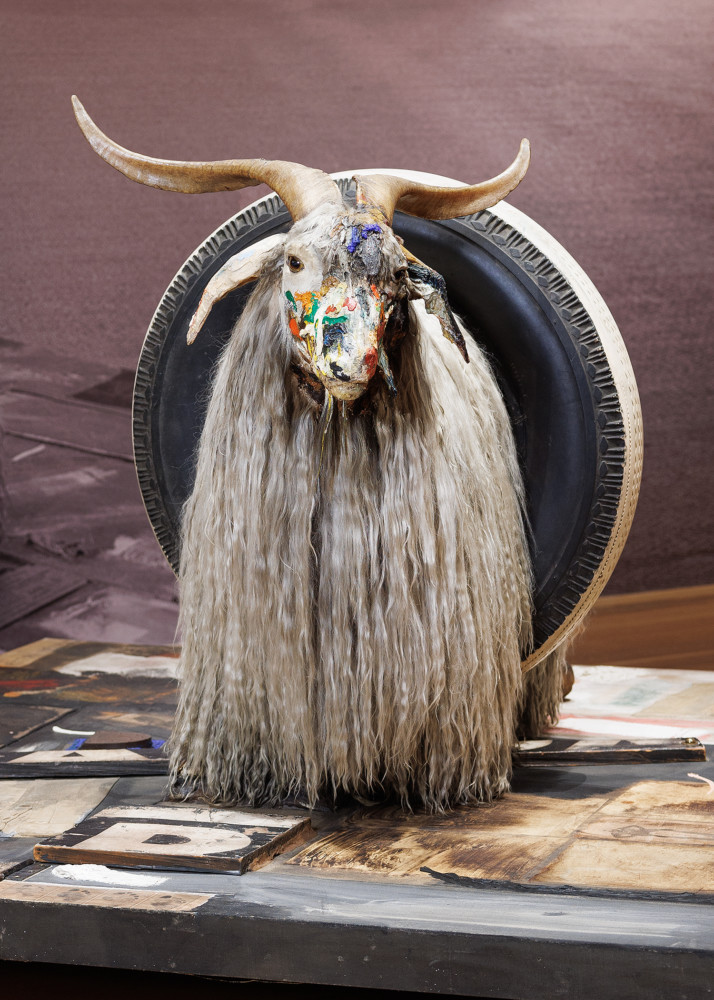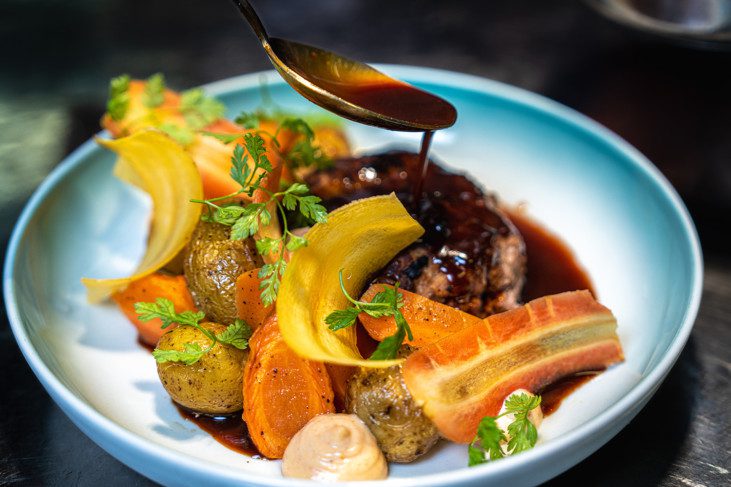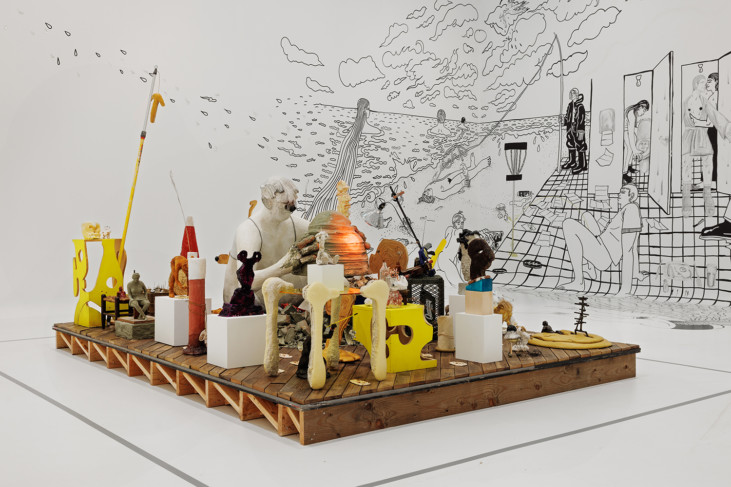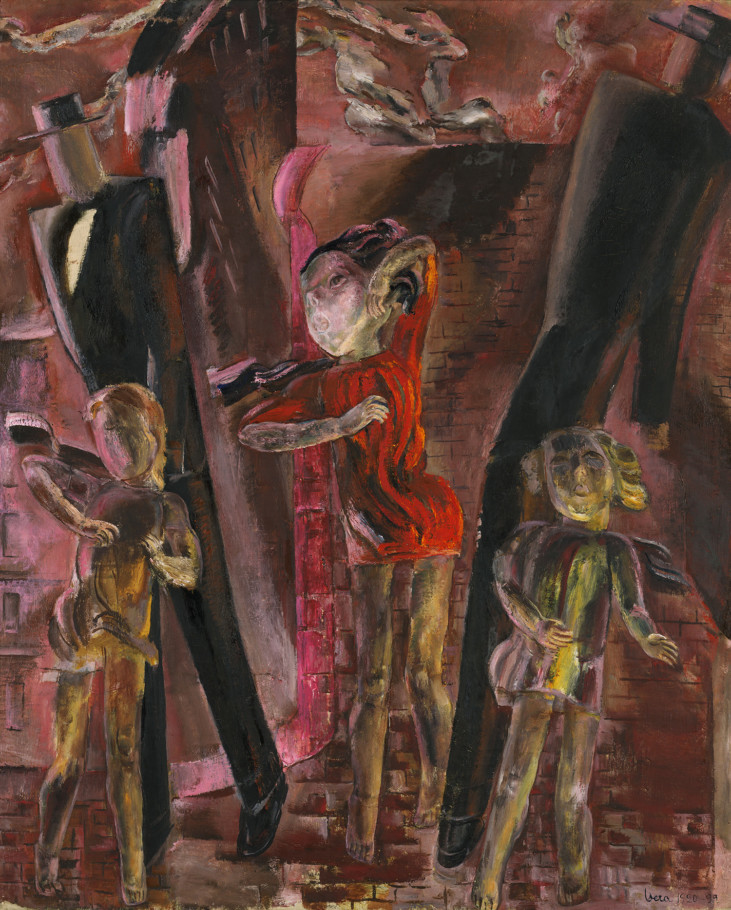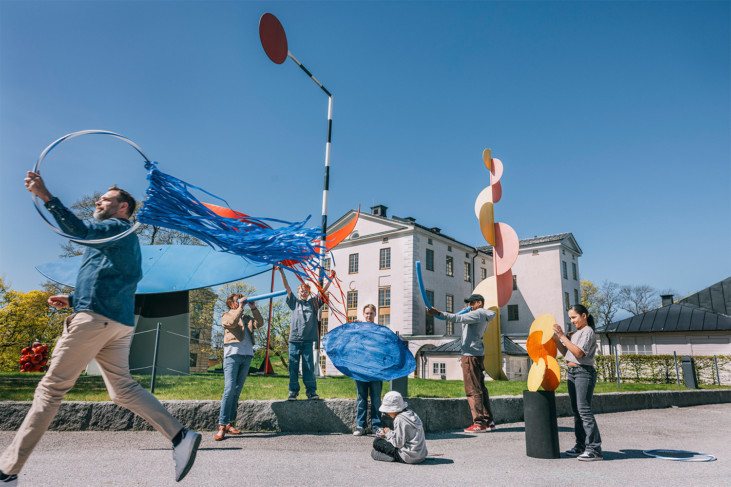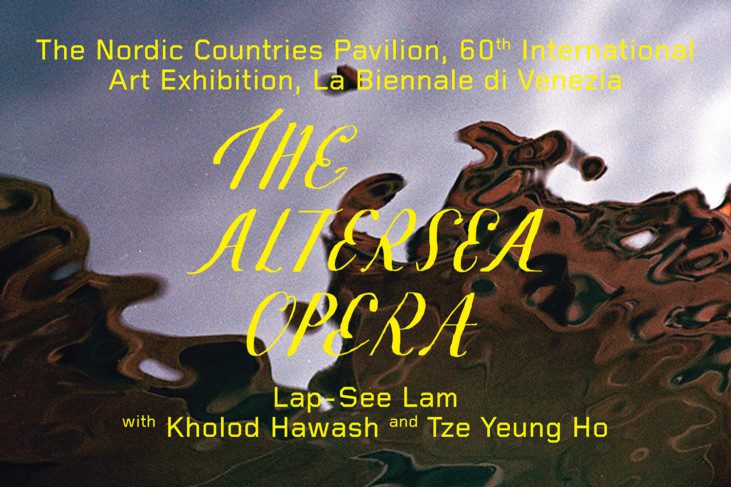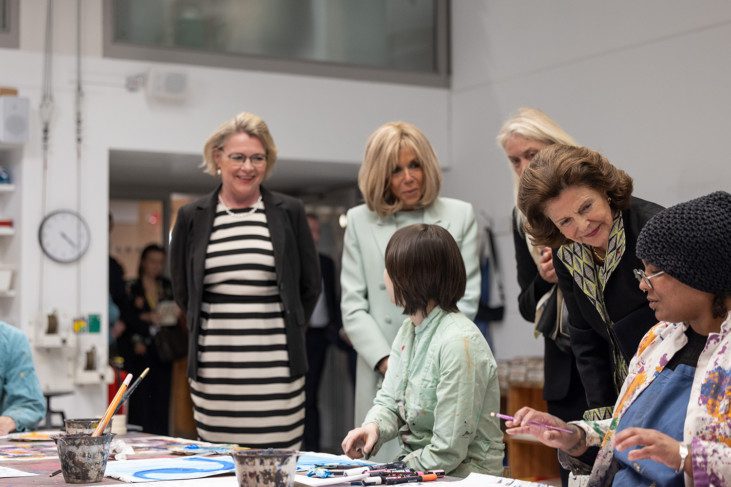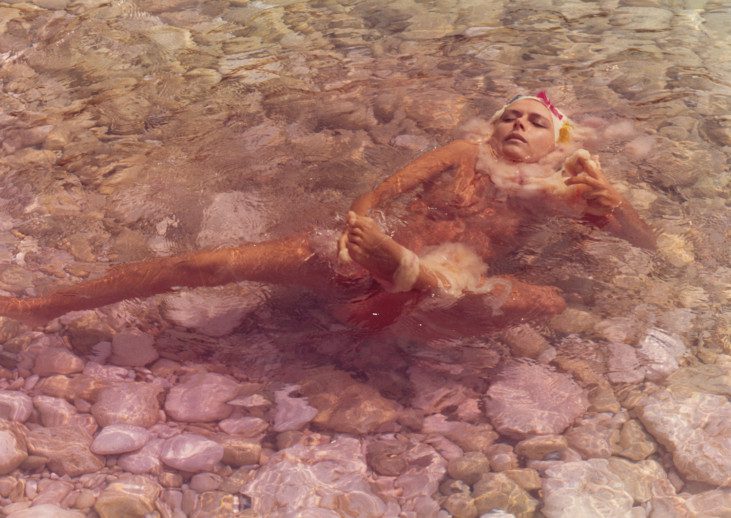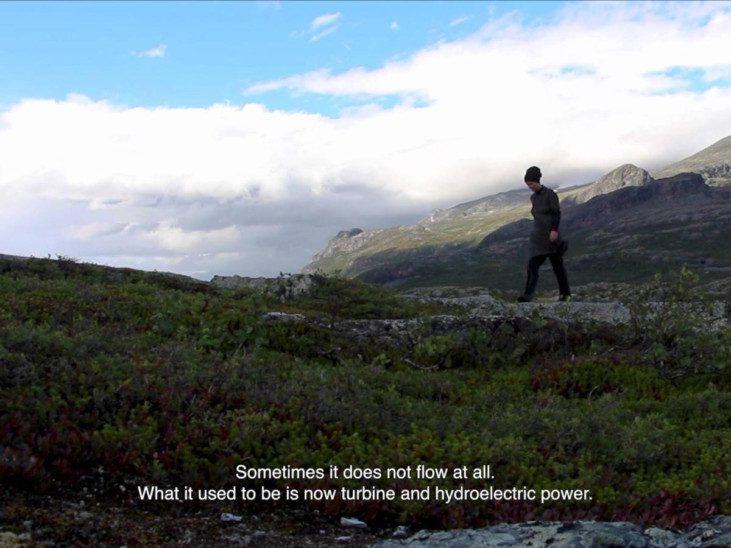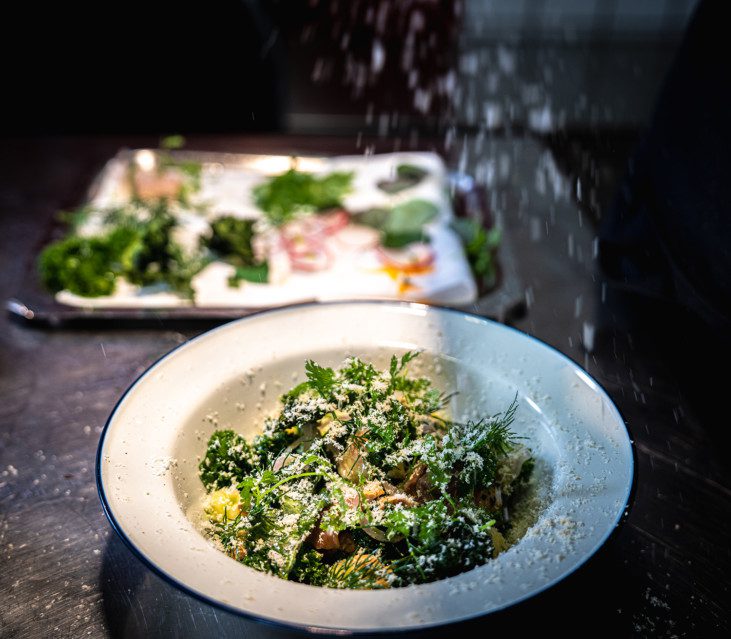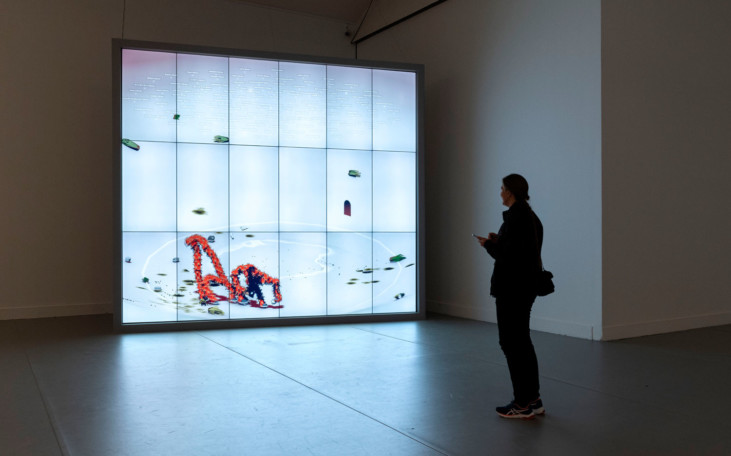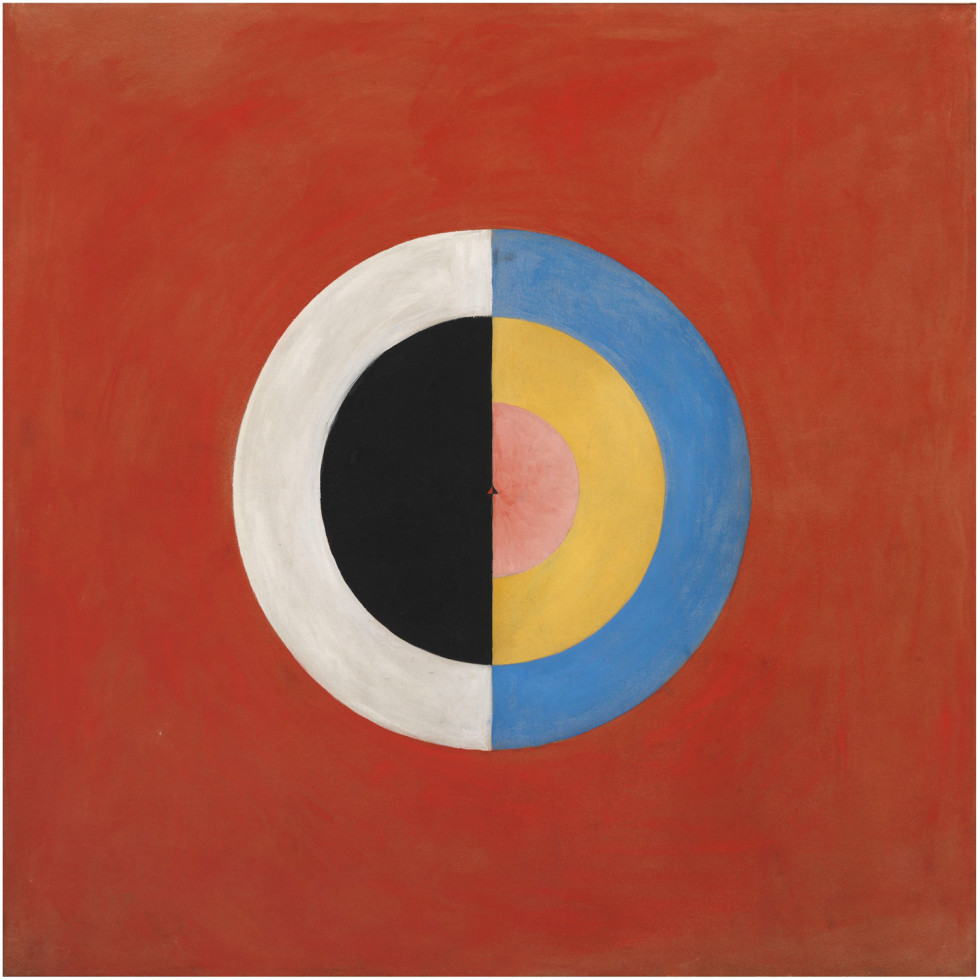
Hilma af Klint, Svanen, nr 17, grupp IX/SUW, serie SUW/UW, 1915 © Stiftelsen Hilma af Klints Verk. Photo: Albin Dahlström/Moderna Museet
28.10 2012
Rewriting history: Women pioneers
Moderna Museet Commentary 1
By Daniel Birnbaum and Ann-Sofi Noring
Published in Moderna Museets Vänners Bulletinen Nr 6, 2012
At Moderna Museet we strive constantly to complement and shift the standard version of how modernism evolved – sometimes in small ways, sometimes radically – by focusing on artists who have been somewhat obscured. These artists are frequently women. The fact that we have more solo exhibitions with women artists than with male artists for the third year running is thus not merely an expression of our ambition to address the imbalance, but also of our desire to present alternative versions of how art developed. By highlighting the painter Jutta Koether last year, instead of, say, Martin Kippenberger, we gained a new perspective on German painting. Not necessarily a truer perspective, but one that has not been repeated insistently by countless museums all over the world. The major exhibition of Eva Löfdahl was primarily a presentation of a great Swedish oeuvre, but by placing her art in a rich context of literature, dance, music and philosophy, it served as a prism through which we could look back at the generation that emerged in the 1980s.
That certain artists can serve as prisms in which the artistic and political ambitions of entire eras become visible is a concept that has informed all our endeavours. By choosing Yoko Ono, one of the extremely rare women artists in the fluxus movement, we get not only a specific insight into this particular group but into an entire generation. But Yoko Ono is, of course, an important artist in her own right, and that goes for all the other women artists we have featured in solo exhibitions since 2010: Eija-Liisa Ahtila, Yael Bartana, Keren Cytter, Siri Derkert, Cecilia Edefalk, Sofia Hultén, Jacqueline de Jong, Mary Kelly, Klara Lidén, Lee Lozano, Alice Neel, Niki de Saint Phalle, Doris Salcedo, Elaine Sturtevant, Astrid Svangren, Isa Genzken…
Most modernist constellations were dominated by men. Take the situationists, for instance, the radical political and artist organisation, headed by Guy Debord, which formed what is often considered to be the last European avant-garde. But a closer look reveals women members. The situationists, for instance, included the writer Michelle Bernstein, who was one of the founders, and the painter Jacqueline de Jong, editor of The Situationist Times. Last spring, they both visited the Museum, de Jong for her exhibition, and Bernstein for a presentation of All the King’s Horses, her roman à clef about the situationists which had been published in Swedish translation by the OEI in association with Moderna Museet.
American pop art is also predominantly male. However, the artist Elaine Sturtevant, who has been acknowledged in recent years, was an enigmatic creature who operated in the same circles as Andy Warhol and was a friend of both Jasper Johns and Claes Oldenburg. In her art, she pursues the concepts of repetition and reproduction to even greater lengths than her male colleagues in the same field, throwing new light on her whole generation’s ideas on sampling and appropriation of imagery. In that sense, the Sturtevant exhibition was also a prism through which an artistic and intellectual landscape appeared in a new way. History is not written in stone once and for all; it is rewritten continuously – by all of us who work with art, researching it and producing exhibitions. And by the public, who look at it from new angles.
As for radical changes in the standard version of history, our major venture next year stands a good chance of achieving that. How was abstract art born, and who were the great pioneers? Anyone who studies art history at a European university will hear the same answer: three men on the Continent, Malevich, Mondrian and Kandinsky. We are proposing a complement, an alternative, a woman born at Karlberg Palace: Hilma af Klint.
Daniel Birnbaum, Museum Director
Ann-Sofi Noring, Co-Director
Published 28 October 2012 · Updated 22 February 2016

